Ugly Goldendoodles – Why It Happens?
The adorable cross between the enigmatic Golden Retriever and the intelligent Poodle, the Goldendoodle is one of the most popular designer dogs around.
Their teddy bear-like features, scruffy face, and curly, hypoallergenic coat make them one of the most sought-after hybrids for all kinds of families and households worldwide.

However, any dog needs some TLC, and Goldendoodles are no different. Neglect its grooming, and you’ve got yourself a raggedy dog that looks like it could use a brush and a bath.
Firstly, no dog is truly ugly! Even the scruffiest dogs are adorable, and it might just mean that their humans failed to provide the dog with adequate care and nutrition.

“Ugly” dogs are our fault, and if you see a Goldendoodle that looks like it could use a sesh at the groomer, you might want to look more closely at its human to see if the dog is indeed getting the care it needs.
In this article, we’ll tell you why Goldendoodles can look like its seen better days, and how you can take care of your Goldendoodle so that he or she will stay as adorable as ever.
What is a Goldendoodle Hybrid?
Goldendoodles come in different sizes, depending on their Poodle parents. There’s the Standard Goldendoodle, where you mix a Golden with a Standard Poodle, then there are Medium and Mini Goldendoodles, which are mixed with Miniature or Toy Poodles.
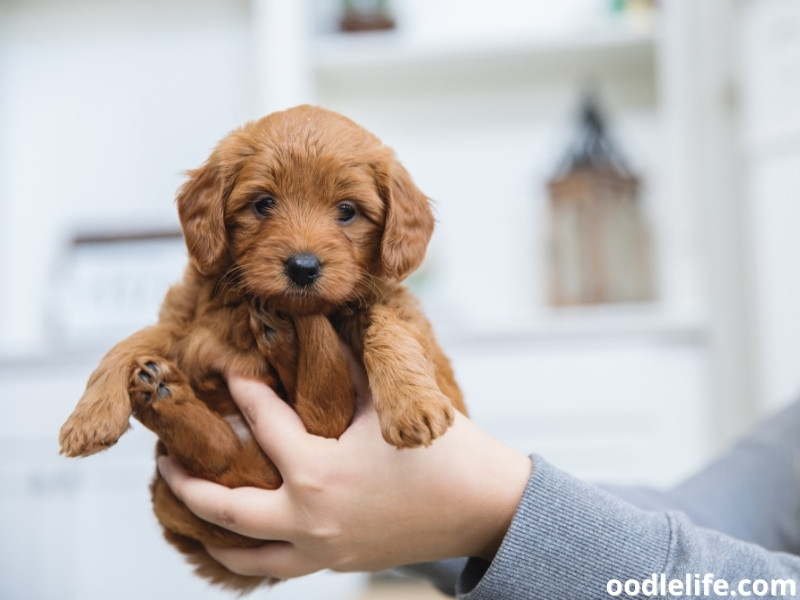
They can also be different according to their generations, which means their look can differ by generation as well. First generation or F1 Goldendoodle is when a purebred Poodle mates with a purebred Golden.
If two Goldendoodles mate, you’ll get a second-generation Goldendoodle or F2 Goldendoodle. There’s also F1b Goldendoodle, where you mate a 50/50 Goldendoodle with a purebred Poodle.
Although all Goldendoodles are considered expensive, different kinds of Goldendoodles will result in different prices, depending on their bloodlines, genetics, and unfortunately, looks and color.
Goldendoodles are caring, obedient, intelligent, and energetic, which is why you need to make sure they’re active throughout the day and give them attention, or they’ll get frustrated and bored.
Why Goldendoodles Can Look “Ugly”?
Theoretically speaking Goldendoodles are adorable and lovable, but if you don’t properly take care of them they can look “ugly”, or at least, scruffy and unkempt.
Because they’re a mixed breed, each Goldendoodle can be different from another, leading to lots of uncertainties when it comes to their looks. Here are some reasons why Goldendoodles can be considered ugly:
1. They’re Growing Up
One of the reasons why your Goldendoodle might look a bit odd is because they’re just growing up, or they’re merely just getting out of their puppy phase.
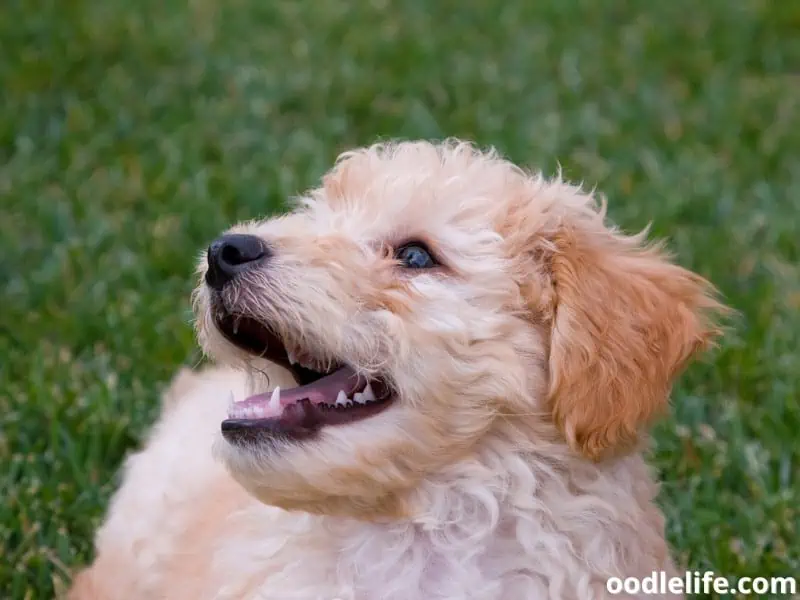
Just like any other breed, Goldendoodles will go through many stages in their appearance in the first year of their lives. This might be odd, but you’ll probably start to lose the adorable-looking teddy bear of a puppy with the softest hair.
Between the ages of 4 to 7 months, they’ll start to lose their puppy hair and start growing their adult coat. This is when they’ll look very weird or unkempt because they can have different parts of their coat – one side still with their soft puppy hair, and the other will have grown-up hair.
When these two different coats are mixed, your Goldendoodle will look scraggly. But this will all end when they start to reach age 9 or 10 months, which is when they will finish growing their adult coats. So just be patient and wait for them to get out of their puppy phase, and their adult coat will look more uniform and less scruffy.
2. They Can Be A Mixed Bag of Results
Another reason that they can look ugly is that they’re a mixed breed and the breeders don’t know exactly what they’ll come up with. When a dog is crossbred, you won’t know which characteristics from each parent breed will come up, and sometimes this can end in an odd result.
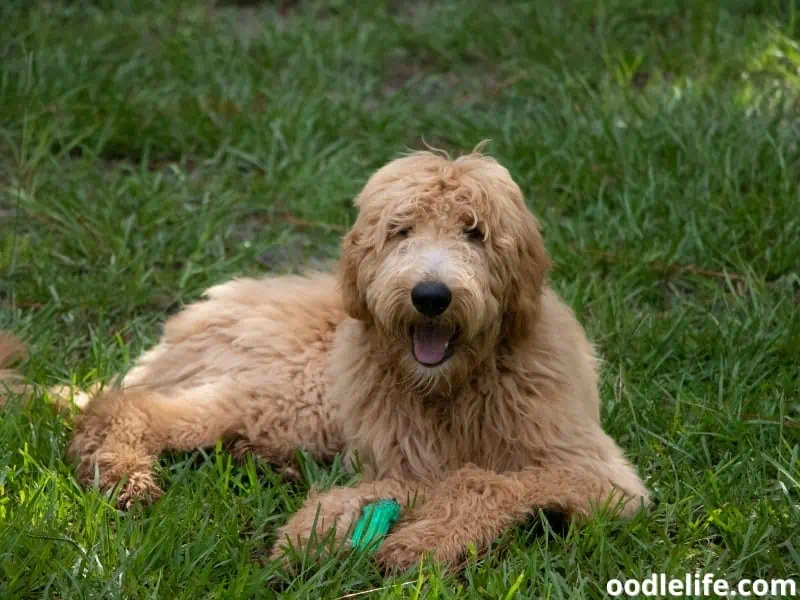
For example, although Goldendoodles are dubbed as hypoallergenic, they still shed because they still have Golden Retriever DNA in them. Goldendoodle coats can range from straight and medium-length like a Golden Retriever, or curly, wavy, and short like a Poodle.
The most common type of coat is wavy, which is an exact middle ground between Golden Retrievers and Poodle. This is something that the breeders cannot guarantee 100%, because it might change after they grow out of their puppy phase.
They can also look weird physically if the parent dogs are not well-matched. They can also have a body that has a strange proportion when the mix is between a Golden Retriever and a Mini Poodle.
A Golden Retriever is considered a medium to large-sized breed, and when you mix that with the diminutive Toy Poodle, the result can look disproportionate.
3. They’re High Maintenance
Although lots of people say that Goldendoodles are hypoallergenic dogs with easy-to-maintain coats, in reality, they’re relatively high maintenance.
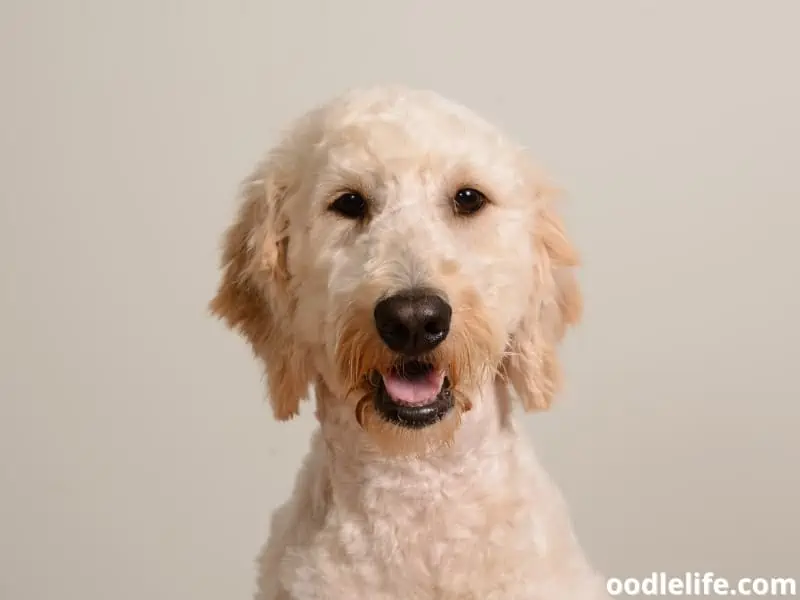
A Goldendoodle coat can get matted very easily, especially when they’re still puppies. Because they have very soft hair, you’ll need to brush your puppy’s hair every day or the hair gets tangled and matted.
This is also still the case when they’re grown up, especially if you like keeping your dog’s hair very long and shaggy. They need constant brushing and maintenance because their matted hair can result in debris on their skin which can smell bad or result in skin problems.
Your Goldendoodle can appear neglected and uncared for, even if you’ve skipped brushing them for just a few days.
At the very least, you can opt to have a shorter cut if you want your Goldendoodle’s coat to be more manageable. That way you can avoid hair tangles and matted coats.
4. They Can Be More Susceptible to Sickness
Goldendoodles are famous for having allergies and gut issues. They can get bloated tummies and diarrhea fairly easily, so you need to pay attention to what they’re eating. When your Goldendoodle is sick, it’ll look undernourished and its coat will also lose its shine.
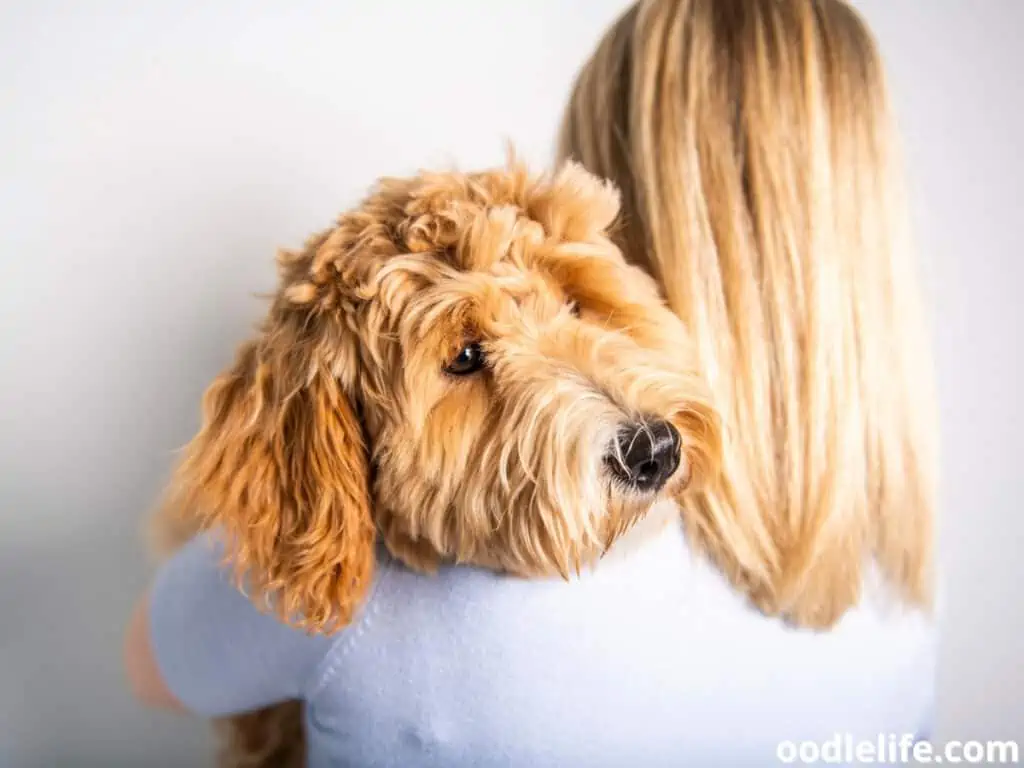
They’re also very susceptible to allergies, in particular seasonal allergies, which sometimes can lead to some eye boogers in the morning.
They can also develop a skin disease called sebaceous adenitis that can lead to crusting in your dog’s skin, and ultimately baldness. These diseases happen when you buy your dogs from unregistered or unethical breeders, so you need to make sure that you buy them from a legitimate breeder with a health guarantee.
How to Take Care of Your Goldendoodle?
If you don’t want your Goldendoodle to look like a scruffy ol’ homeless dog, you can try a few things that are within your control.
While genetics are out of your control, you can screen your breeder carefully to choose the right one, always ensuring that your Goldendoodle has a health check and certifications to clear it of any genetic conditions.
1. Choose the Right Breeder and Have a Health Screen
Because of Goldendoodles’ high value and their status as designer breeds, many will be inclined to want to breed them for financial gains. They’re also a mixed breed, so they’re not recognized by governing bodies. This results in many unethical and unverified breeders, leading to badly matched dog parents.

As a dog owner, you will have to choose the right breeder. Check out their reviews, both online and through word of mouth, and make sure they have a health guarantee for your puppy.
You can also ask the breeders to provide the puppy’s parents’ hip certifications from OFA, and a DNA eye health check for retinal atrophy. Never choose a breeder that cannot provide any health documentation regarding the parent dogs.
2. Maintain Them Properly
As we’ve mentioned, Goldendoodles’ hair can get tangled easily, leading to an undesirable matted look, which is why you’ll need to maintain them properly using the right tools and methods.
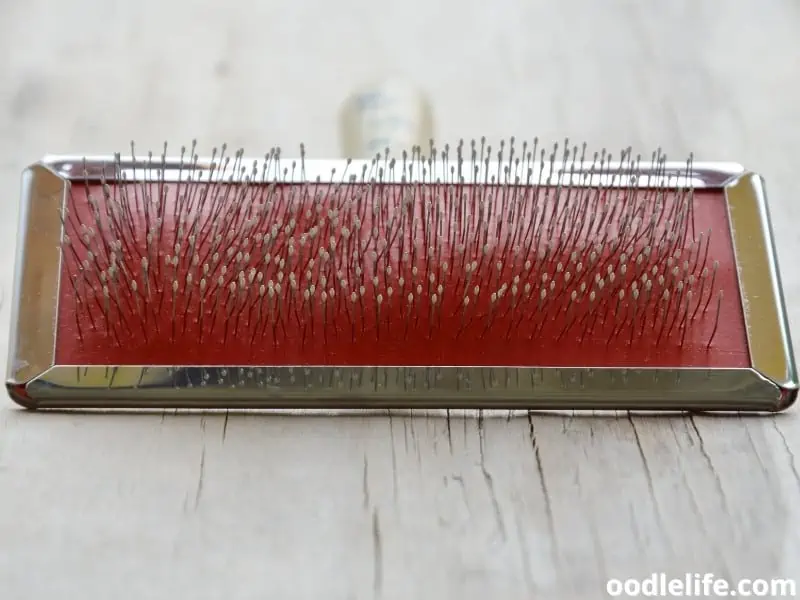
The first tools you will need are a slicker brush and a comb. Make sure you brush them thoroughly, not just on the surface of the hair because the hair closest to the skin can get matted easier. You will also need to brush them at least daily, any less than that and you might end up with a knotted mess.
You should also be prepared to splurge for some professional grooming services and get them to the groomer at least once every four to six weeks. If you choose to groom at home, make sure you have the proper tools and cutters to efficiently and safely trim your Goldendoodle’s coat.
Have a proper schedule where you checklist everything you need to get done daily and monthly, that way you won’t miss any appointments and your Goldendoodle will still look as adorable as ever.
3. Provide Good Nutrition
Last, but certainly not least, you need to make sure that your Goldendoodle has the right food and supplements that will support its overall health. Giving them empty calories will lead to dull coats, dry skin, allergies, and smelly feet.
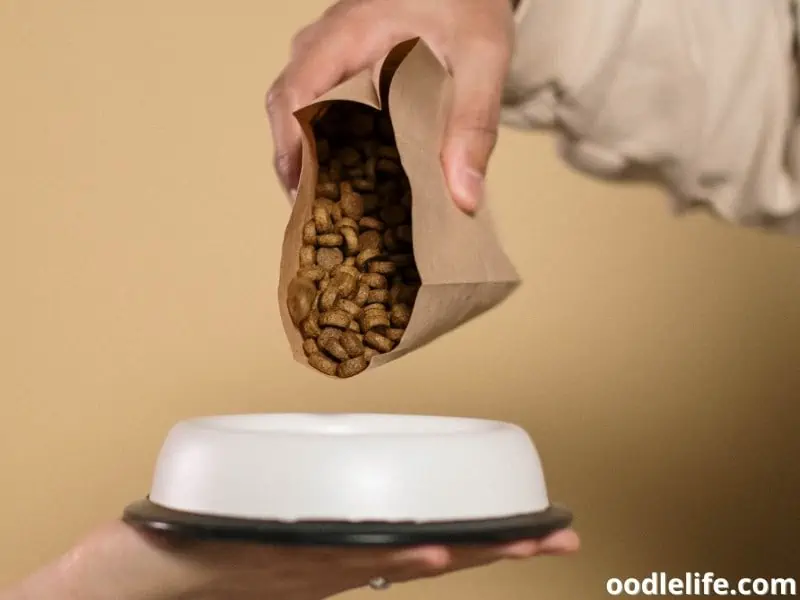
Try giving them some high-quality protein food that contains beef, chicken, lamb, turkey, or pork for growth support. Supplements such as salmon oil can also help with their allergies, and keep them looking well-groomed. With the right diet and food quality, your Goldendoodle will live a long, happy, healthy life.